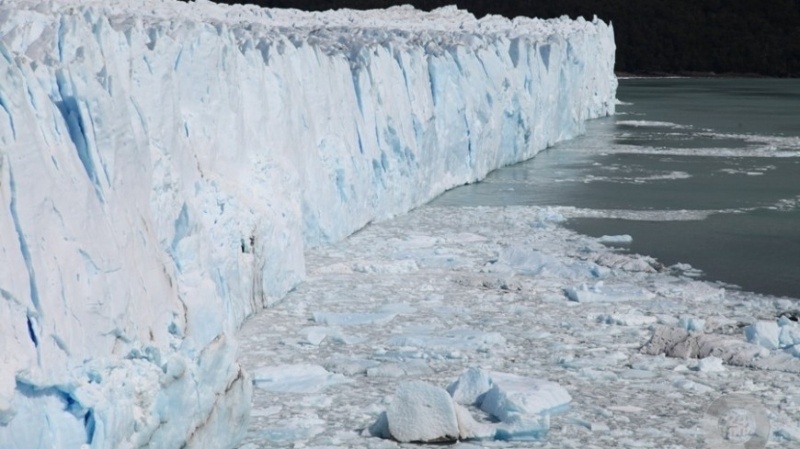Due to my very busy travel schedule over the past few weeks I’m still playing catch-up on some recent stories that took place while I was on the road. This particular piece of news made headlines last week, but I thought that it was still worth sharing. On June 13, it was revealed that Greenland lost a stunning 2 billion tons of ice in a single day as an unprecedented warming spell hit the country prior to the start of summer when those conditions are more likely to occur.
According to reports, more than 40% of the country was experiencing a significant melt off on that day due to the unusually warm temperatures. Typically, Greenland sees the bulk of its summer melt off taking place in July, although June through August is when that process tends to take place. What is so alarming about this particular bit of news is not only how much ice was lost in just one day, but how early in the season it occurred. That doesn’t bode well for the weeks ahead when the loss of ice is only expected to accelerate.
To put things into perspective, 2 billion tons of ice is a significant loss. In the article linked to above, the author says that melting that much ice would be enough to cover the entire National Mall in Washington, DC and have it rise to eight times the height of Washington Monument. That’s a staggering amount of water being dumped into the ocean and ice lost from the surface of Greenland itself.
An unusually warm weather pattern has settled over the country for most of the year so far, with April and May also showing high levels of melt off. This has led scientists and researchers to predict a potentially devastating loss of ice this season in Greenland. And since the winters haven’t been quite as cold in recent years, the amount of ice that is regenerated hasn’t been keeping up with the amount lost. As a result, there are some who are predicting that it could be ice free by the year 3000. That is a long way off still of course, and if things continue as they have been man might not be around to see it, but in geological terms that isn’t very far off at all.
It is important to note that this sudden and jarring melt off isn’t without precedent. There have been similar warming spells in recent years, with near-record ice loss in 2007, 2010, and 2012 as well. But up until recently there has been no evidence to suggest that Greenland has experienced these kinds of quick and violent loss of ice over a relatively short period of time. The indication is that climate change is not just having an impact, but potentially accelerating.
Just how much ice will be lost throughout the 2019 summer season remains to be seen. But at this point it looks like it will be a massive amount. It seems likely that this will be a story that we’ll revisit in the weeks ahead as the true summer season fully takes hold.
- Gear Review: The Xero Scrambler Mid is an Ultralight Hiking Shoe for Spring - March 1, 2023
- Gear Review: Yeti Roadie 48 Wheeled Cooler - August 18, 2022
- Kristin Harila Continues Pursuit of 8000-Meter Speed Record - August 16, 2022

Considering the volume of ice in Greenland (2400km*1100km*3.2km*982005572 H2O equivalent tons in 1 cubic km) and the speed of melting ((2,000,000,000/day)*365), the ice sheet will be entirely gone in 1,514,016,911 years! OMG!!!! Call me in 1000 years or so.